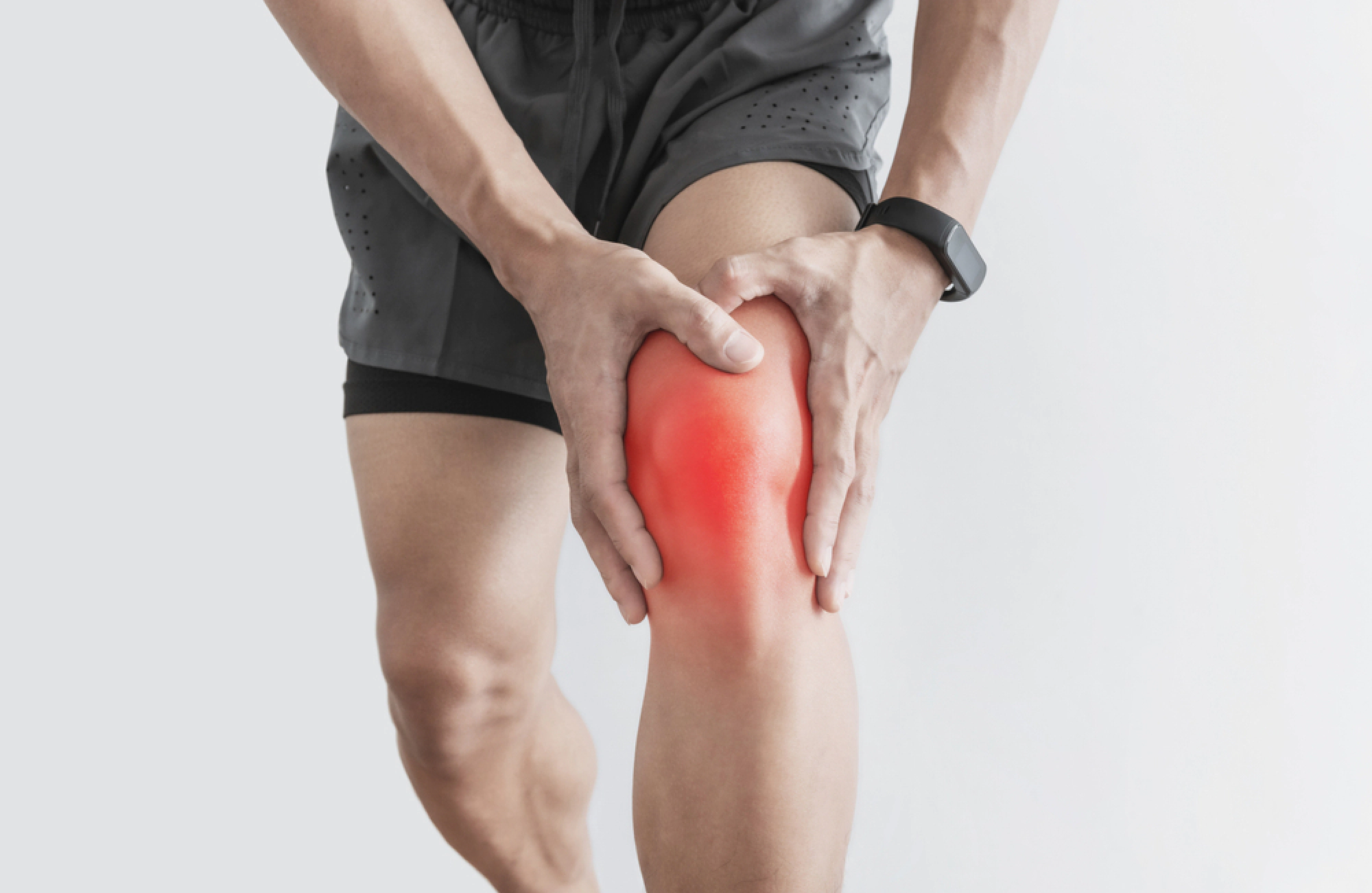What are the symptoms of a posterior cruciate ligament injury?
Symptoms of a posterior cruciate ligament (PCL) injury can vary depending on the severity of the injury. Common symptoms include:
- Knee Pain: Pain at the back of the knee or around the joint.
- Swelling: Swelling around the knee, which may develop gradually over time.
- Instability: Feeling of instability or weakness in the knee, particularly when bearing weight or during activities involving sudden movements.
- Difficulty Walking: Trouble walking or difficulty moving the knee normally, especially if the injury is severe.
- Tenderness: Tenderness or discomfort when pressing on the area behind the knee.
- Restricted Range of Motion: Limited ability to fully extend or flex the knee.
- Bruising: In some cases, bruising around the knee joint.
- A Sensation of Giving Way: A feeling that the knee might give out or buckle during certain movements.
If you suspect a PCL injury, it is important to consult a healthcare professional for a proper diagnosis and treatment plan.
What are the causes of a posterior cruciate ligament injury?
A posterior cruciate ligament (PCL) injury typically occurs due to specific types of trauma or stress to the knee. Common causes include:
- Direct Trauma: A direct blow to the front of the knee, such as from a car accident, sports collision, or fall, can force the knee backward, overstressing the PCL.
- Sports Injuries: Activities that involve sudden stops, direction changes, or tackles, such as football, soccer, and basketball, can lead to PCL injuries.
- Falls: Falling onto a flexed knee or landing awkwardly from a jump can cause damage to the PCL.
- Excessive Hyperextension: Hyperextending the knee, where the leg is forced straight beyond its normal range of motion, can strain or tear the PCL.
- Overuse or Repetitive Stress: While less common, repetitive stress or overuse in certain activities may contribute to PCL injuries over time.
- High-Impact Accidents: Severe accidents, like those involving high-speed impacts or significant trauma, can result in PCL injuries.
How is the diagnosis of a posterior cruciate ligament injury made?
Diagnosing a posterior cruciate ligament (PCL) injury involves a combination of clinical evaluation, physical examination, and imaging studies. Here’s how the diagnosis is typically made:
- Medical History: The doctor will ask about the patient’s symptoms, the mechanism of injury, and any relevant medical history.
- Physical Examination: This includes checking for signs of swelling, tenderness, and range of motion. Specific tests such as the posterior drawer test and the reverse Lachman test are performed to assess the integrity of the PCL. These tests evaluate how much the tibia moves backward relative to the femur.
- Imaging Studies:
- X-rays: These are used to rule out fractures or other bone injuries. PCL injuries may not always be visible on X-rays.
- Magnetic Resonance Imaging (MRI): MRI is the most effective imaging method for diagnosing PCL injuries. It provides detailed images of the soft tissues, including the ligaments, and can show the extent of the PCL damage.
- Ultrasound: In some cases, an ultrasound might be used to assess soft tissue damage around the knee.
- Arthroscopy: In rare cases, if the diagnosis is unclear or if other procedures are needed, a knee arthroscopy may be performed. This minimally invasive surgery involves inserting a small camera into the knee joint to directly view and assess the ligament and other structures.
These diagnostic steps help determine the severity of the injury and guide appropriate treatment.
What is the treatment for a posterior cruciate ligament injury?
The treatment for a posterior cruciate ligament (PCL) injury depends on the severity of the injury and the patient’s symptoms. Here’s an overview of the treatment options:
Conservative Treatment:
- Rest: Avoid activities that put stress on the knee, and use crutches if needed to reduce weight-bearing.
- Ice: Apply ice packs to the injured area to reduce swelling and pain.
- Compression: Use an elastic bandage or knee brace to manage swelling.
- Elevation: Keep the leg elevated to help reduce swelling.
- Pain Relief: Over-the-counter pain medications, such as ibuprofen or acetaminophen, can help manage pain and inflammation.
- Physical Therapy: Once the initial pain and swelling decrease, physical therapy is often recommended. This involves exercises to strengthen the muscles around the knee, improve flexibility, and restore function.
Surgical Treatment:
- Indications for Surgery: Surgery may be considered if the PCL injury is severe, causes significant knee instability, or if conservative treatment does not provide sufficient relief. Surgery is also more likely if there are other injuries to the knee, such as meniscal tears or damage to other ligaments.
- Reconstruction: PCL reconstruction surgery involves replacing the damaged ligament with a graft taken from another part of the patient’s body or a donor. This procedure is typically performed arthroscopically through small incisions.
- Rehabilitation: Post-surgery rehabilitation is crucial and involves a structured physical therapy program to help regain knee strength, flexibility, and function.
Lifestyle Modifications:
- Activity Modification: Avoid high-impact activities that could exacerbate the injury or lead to further damage.
- Supportive Devices: Using a knee brace or orthotic device may help provide stability and support during recovery.
The choice of treatment is tailored to the individual’s specific needs, the extent of the injury, and their overall health and activity level. Consulting with an orthopedic specialist is important for determining the most appropriate treatment plan.

Leave a Reply
You must be logged in to post a comment.